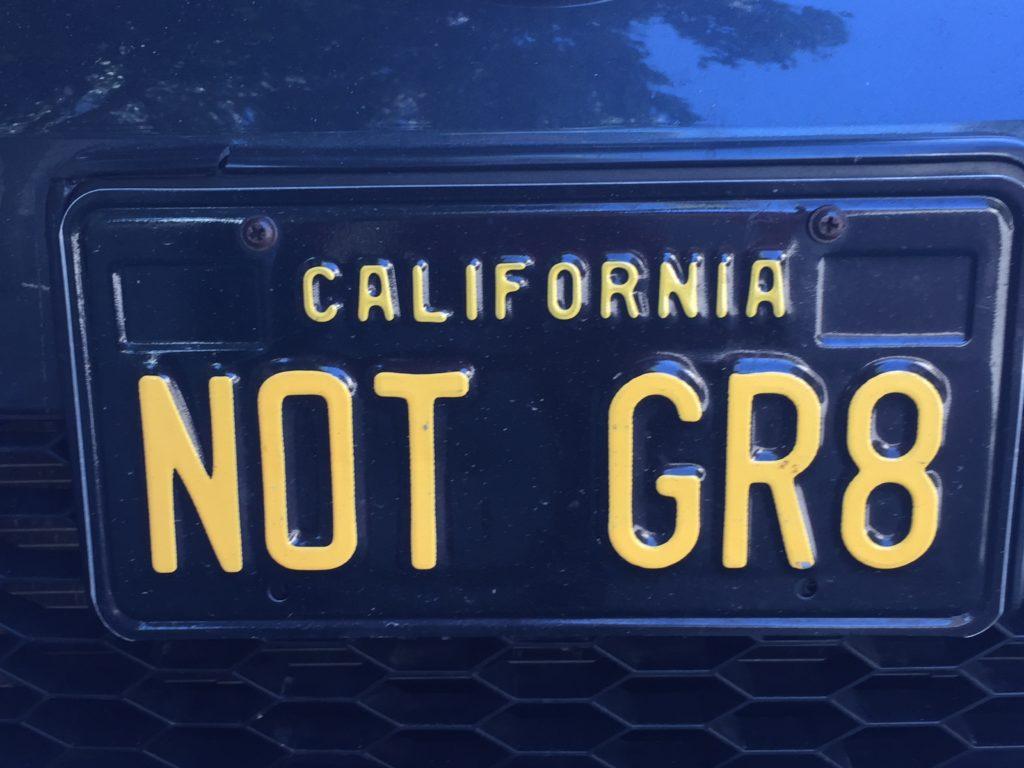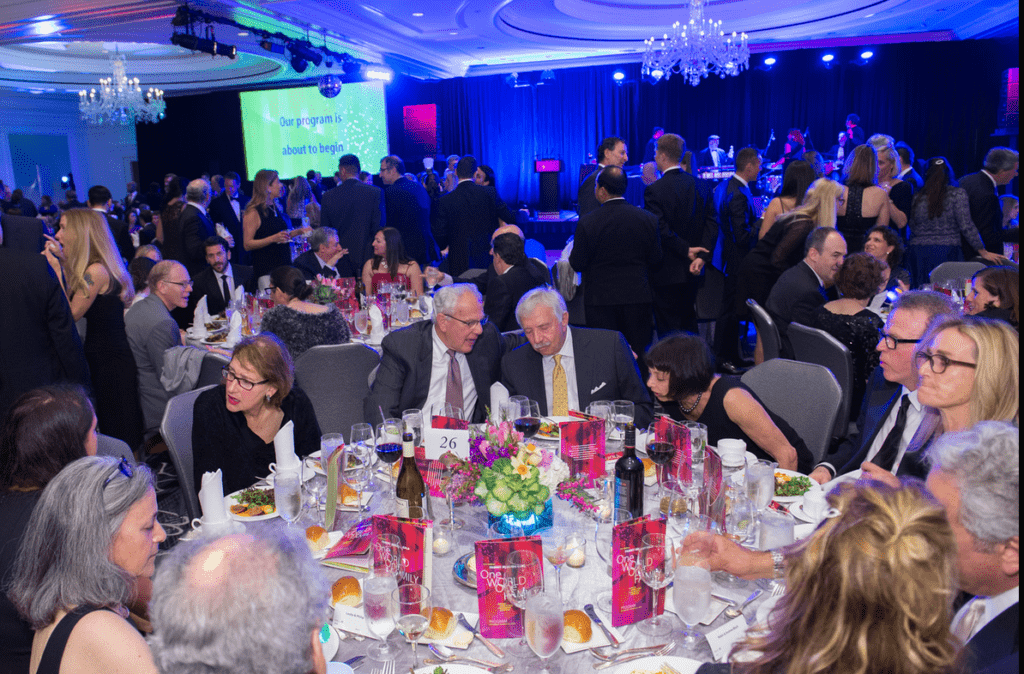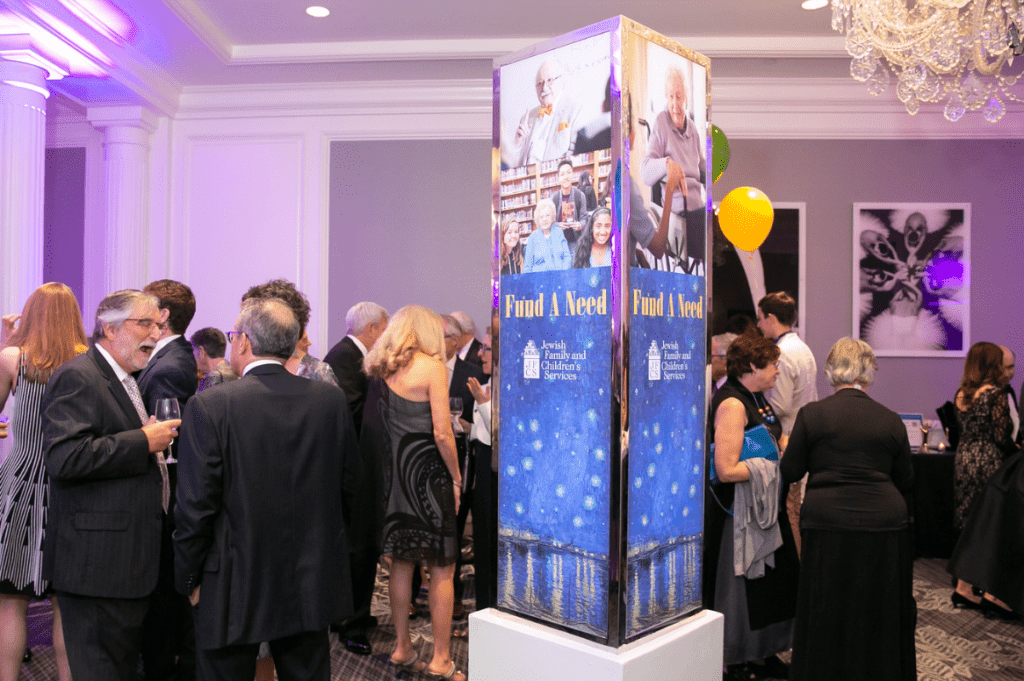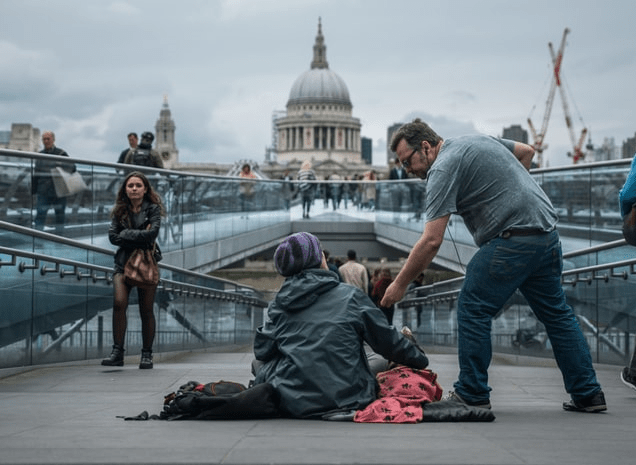Brilliant Writing Tips to Boost Your Nonprofit Fundraising Appeal
 Fundraising copywriter extraordinaire, Lisa Sargent, recently shared a brilliant piece of writing on the Moceanic blog. Appropriately, the subject matter – “6 Winning Ways to Start Your Next Fundraising Appeal” — was all about brilliant writing. Specifically, fundraising appeal writing. I commend the full article to you, as she fills it with juicy, specific examples. But if you’re short on time, here are the key take-aways – plus some of my own thoughts and examples — to get your reader well “into” your appeal – right from the get go!
Fundraising copywriter extraordinaire, Lisa Sargent, recently shared a brilliant piece of writing on the Moceanic blog. Appropriately, the subject matter – “6 Winning Ways to Start Your Next Fundraising Appeal” — was all about brilliant writing. Specifically, fundraising appeal writing. I commend the full article to you, as she fills it with juicy, specific examples. But if you’re short on time, here are the key take-aways – plus some of my own thoughts and examples — to get your reader well “into” your appeal – right from the get go!
Next time you’re staring at a blank piece of paper, try BEGINNING with:
The first line’s job: Get the reader to the second line. Otherwise, all your carefully crafted prose is for naught. The first line ideas below are tested and true; you can’t go wrong with any of them. Just switch them up so that not every one of your appeals starts the same way. Why? Because (1) not every style is your best bet for every situation, and (2) not all your readers are alike. Some prefer whodunnit mysteries, others prefer coming of age tales, and others historical fiction. Still, everyone will respond to a good story.
Everyone.
An appeal without a story is a true crime. As business and thought leader Jim Collins taught us:
“We are known by the stories we can tell.”
So, before putting pen to paper, think about a story you can tell. Only then should you begin.
Details

 Does proving your point persuade your nonprofit donor?
Does proving your point persuade your nonprofit donor?
 I’ve taken to including a series of “DO’s” and “DON’Ts” for all sorts of fundraising and nonprofit marketing messages over the past several years. My purpose is not to shame anyone, but simply to provide educational moments offering example-based food for thought as you craft your own appeals, thank you’s, reports and more.
I’ve taken to including a series of “DO’s” and “DON’Ts” for all sorts of fundraising and nonprofit marketing messages over the past several years. My purpose is not to shame anyone, but simply to provide educational moments offering example-based food for thought as you craft your own appeals, thank you’s, reports and more.
 In
In 
 You’ve got one month before fall fundraising season begins in earnest.
You’ve got one month before fall fundraising season begins in earnest.






